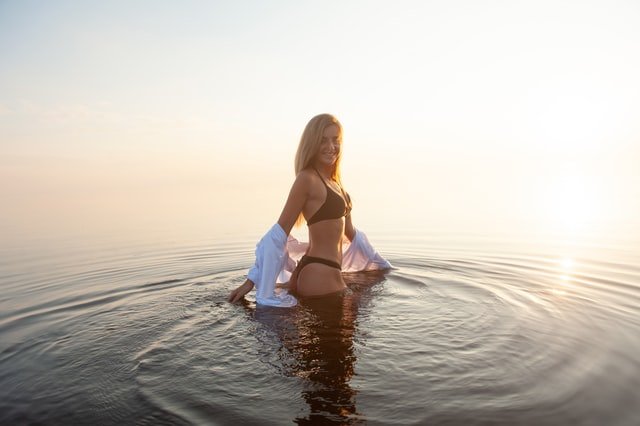We all want our bathing suits to look good and function well.

Undoubtedly, women's bikini tops or swimsuits need to work even harder to create their place in our closets than any other clothing. Those need to be functional enough to provide the needed support, comfort, control, and ability to stand up the extreme heat, water, or chlorine.
When summers are full of swing, we stock our wardrobes and shelves with the different types and styles of clothing collection, including swimsuit varieties. If you have been looking for a reliable swimsuit, it is extremely common to get overwhelmed with the abundance of choices available. Today, many styles and designs are available for swimsuits that look good on different body types.
While most women consider fit, size, or colour when deciding on a swimsuit, most customers often avoid thinking about different characteristics of a swimsuit. The most important thing that they fail to consider when purchasing a new swimsuit is fabric.
Today, you can get an abundance of options for swimsuits made with the use of different fabrics. However, a swimsuit made from an exotic fabric will add a unique factor to your swimming collection. You need to know that the fabric type used in swimsuit manufacturing greatly impacts that swimsuit's fitting and overall look or life. With all the different fabric options, here is a quick overview of the right fabrics that can help you make the right choice -
- 100% Cotton
As customers become less and less fond of synthetic materials, bikinis and swimsuits made from cotton are gaining immense popularity. With cotton, swimsuits can look extremely cute and fashionable. However, they do not always provide a suitable fit or the reliable longevity you are looking for in a swimsuit. Cotton swimsuits are not known for staying in one place on the body, but they have a tendency to ride up. Cotton does not stand up for longer, usually in the sun or with chlorine as a fabric. Therefore, your cotton swimsuits will likely fade away quickly, especially if you are swimming around in chlorinated pools.
- Velvet
Recently, women's bathing suits, tops, and bottoms, made from velvet, are gaining immense popularity. A velvet swimsuit looks good and feels good when you touch it, but it is not the best for swimsuit fit or longevity. When the swimsuit is wet, it has a tendency to soap up the water, due to which it becomes heavy. The extreme weight after becoming wet causes a velvet swimsuit to become loose, which can be a disadvantage for a swimsuit. Also, velvet is not a fabric that you can wear when in contact with chlorine. Same as the swimwear with metallic overlay, velvet swimsuits are extremely valuable for the uniqueness and overall style factor than for their longevity.
When buying a desired fit, be sure to check out the swimsuits thoroughly. While the fabrics can make a swimsuit look good, every swimsuit is designed for different reasons and activities. So, the best way is to choose the swimsuit that works well for a particular activity and looks good when you wear the same.